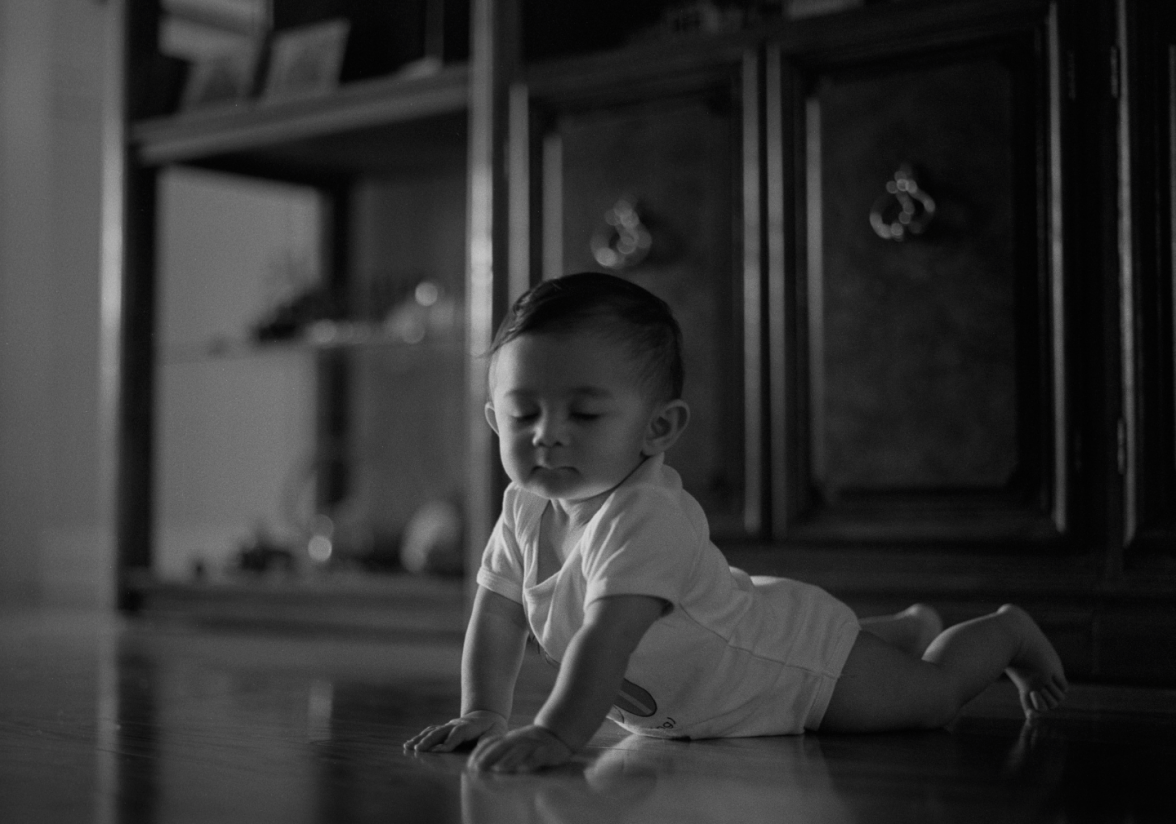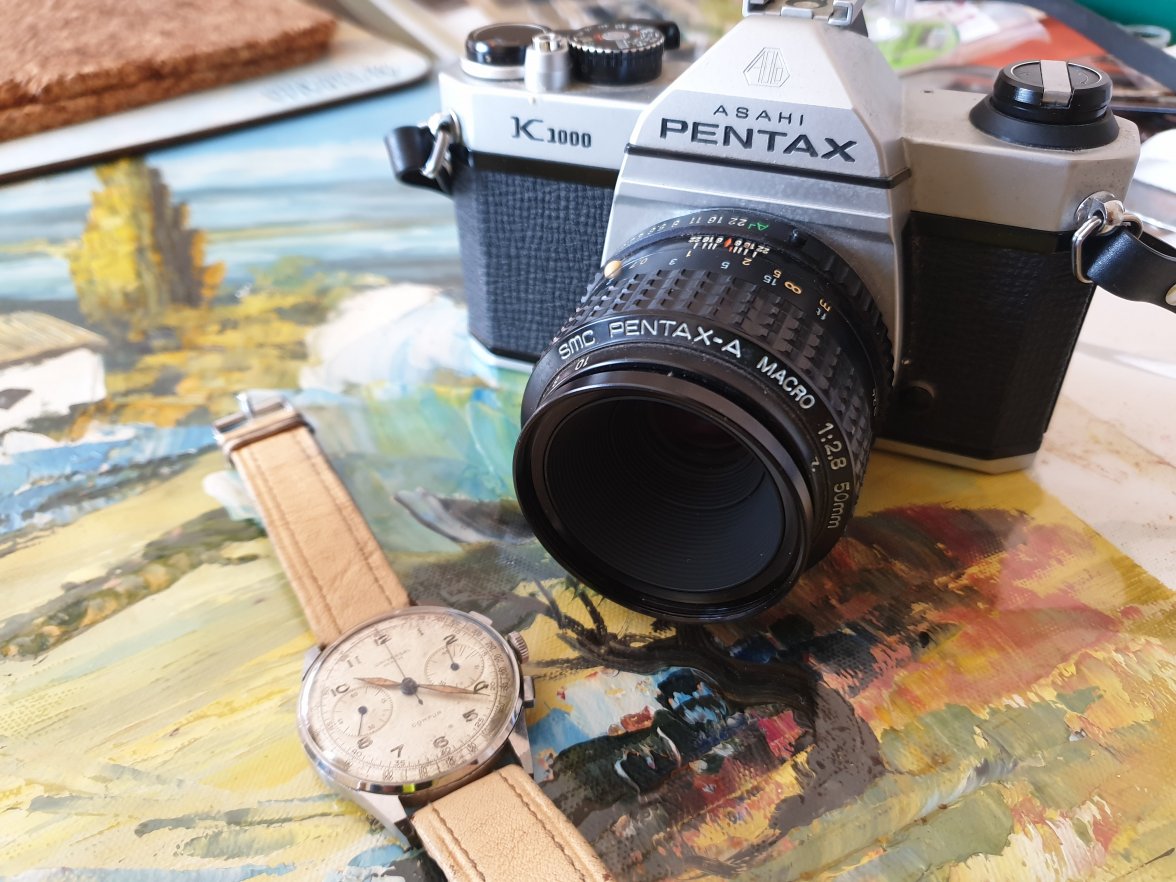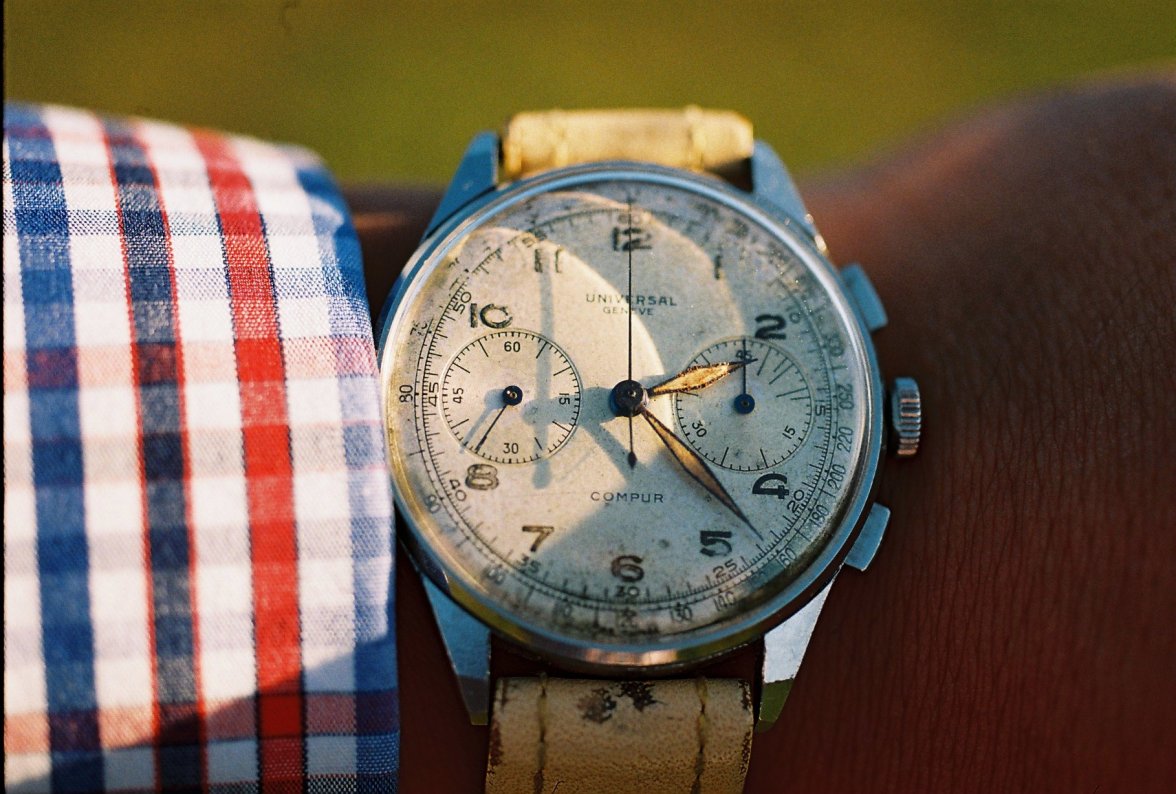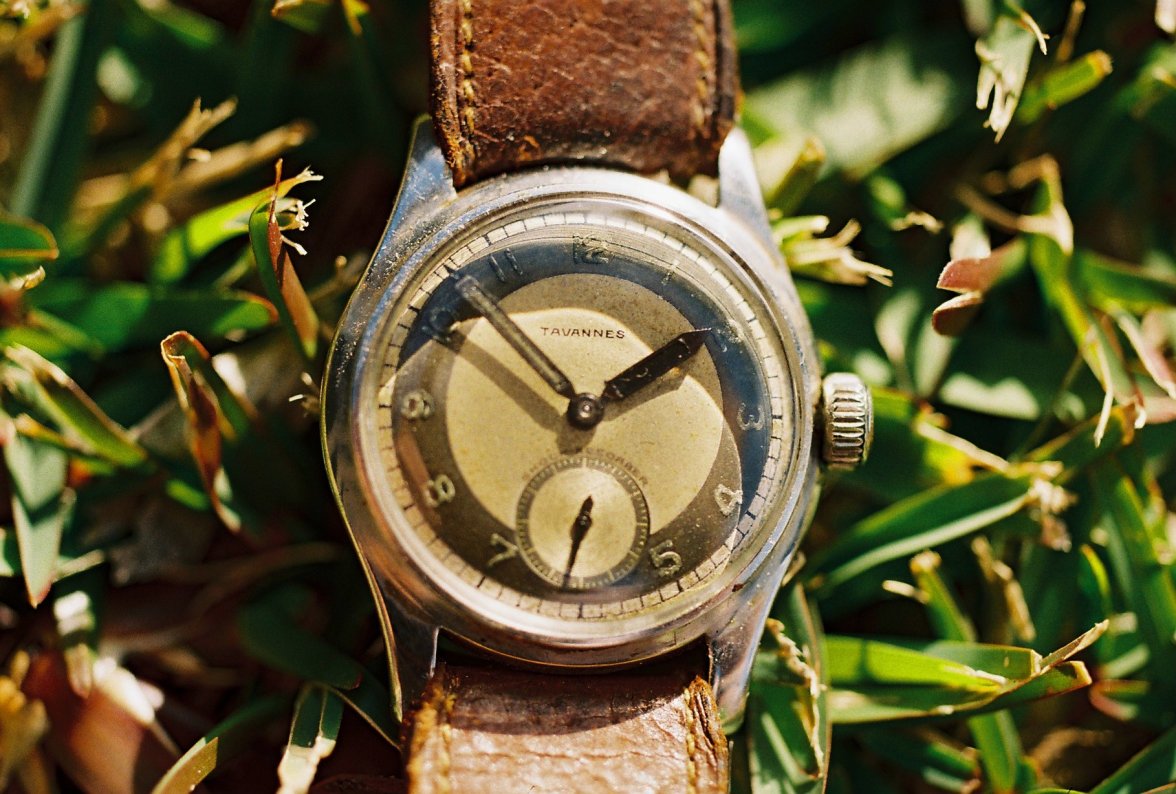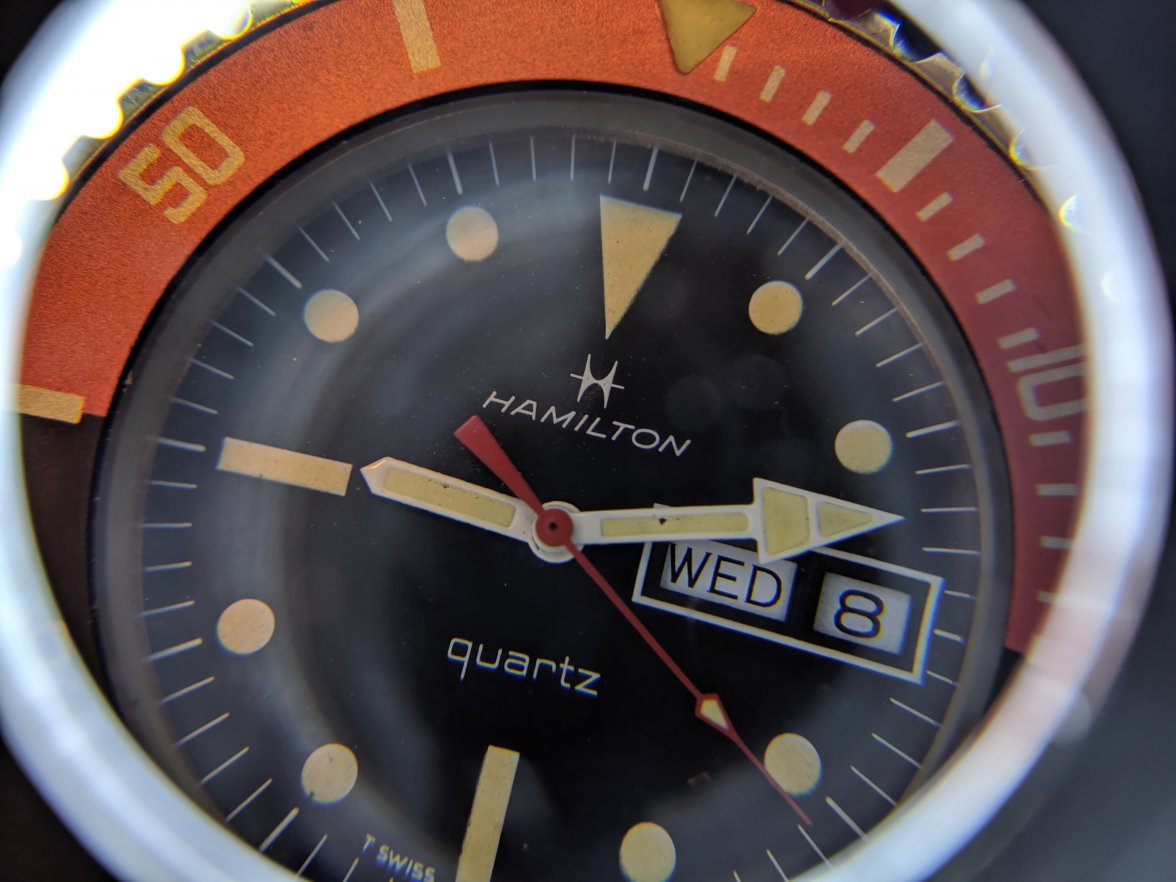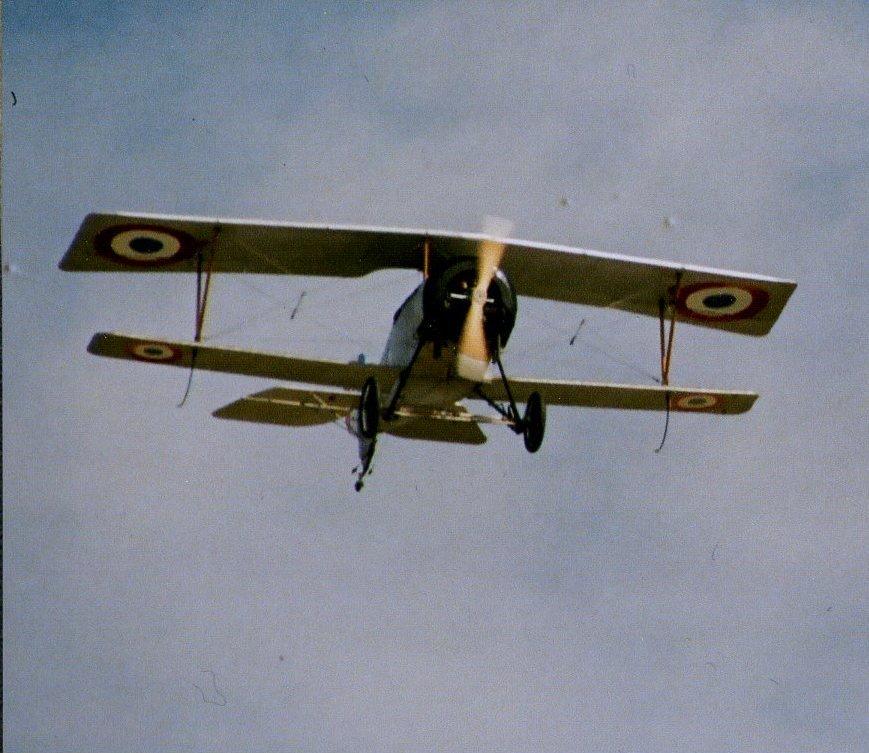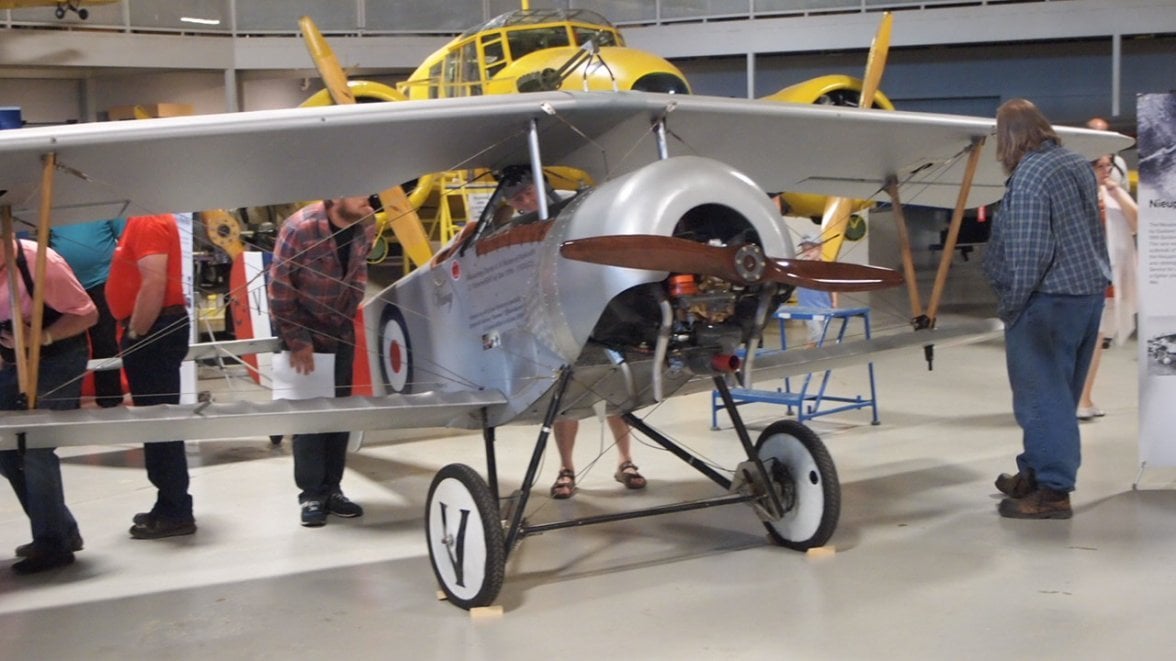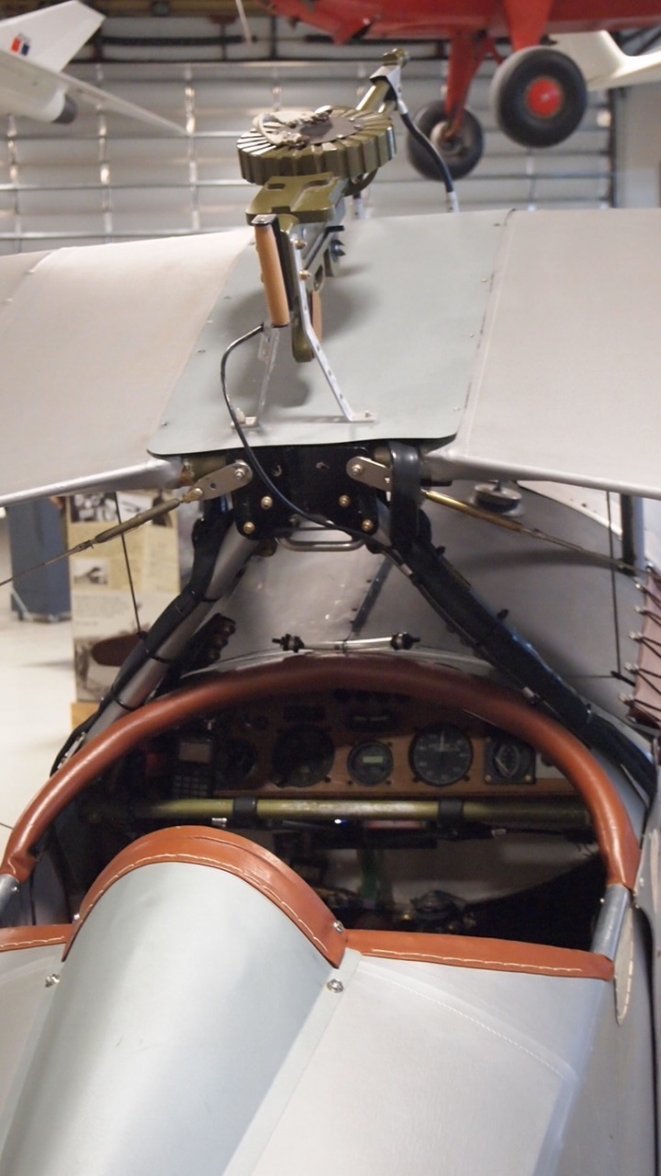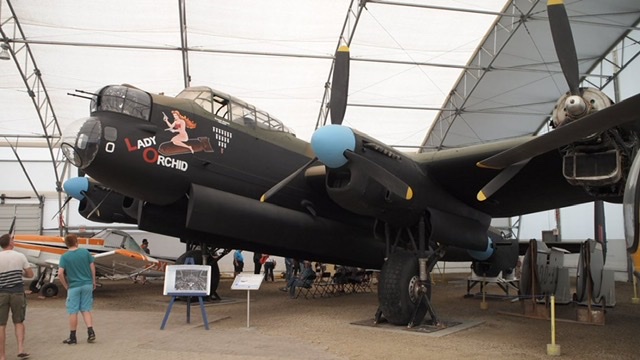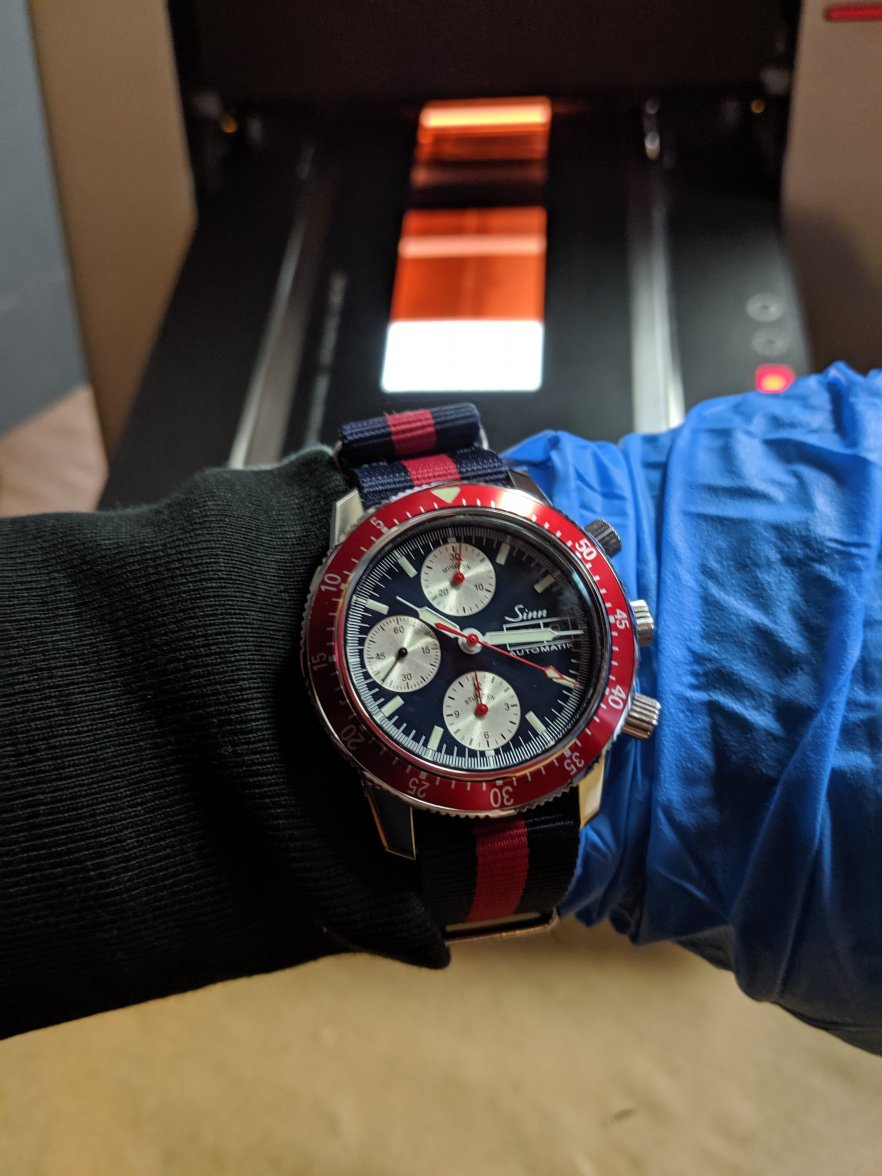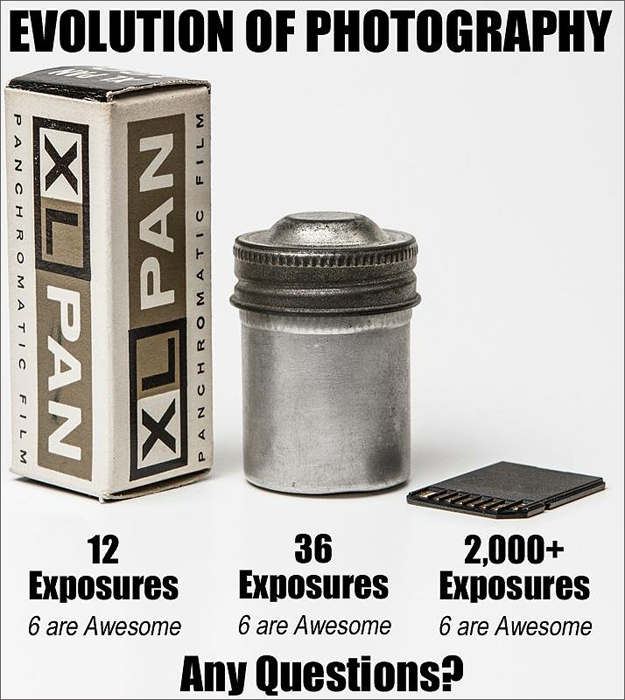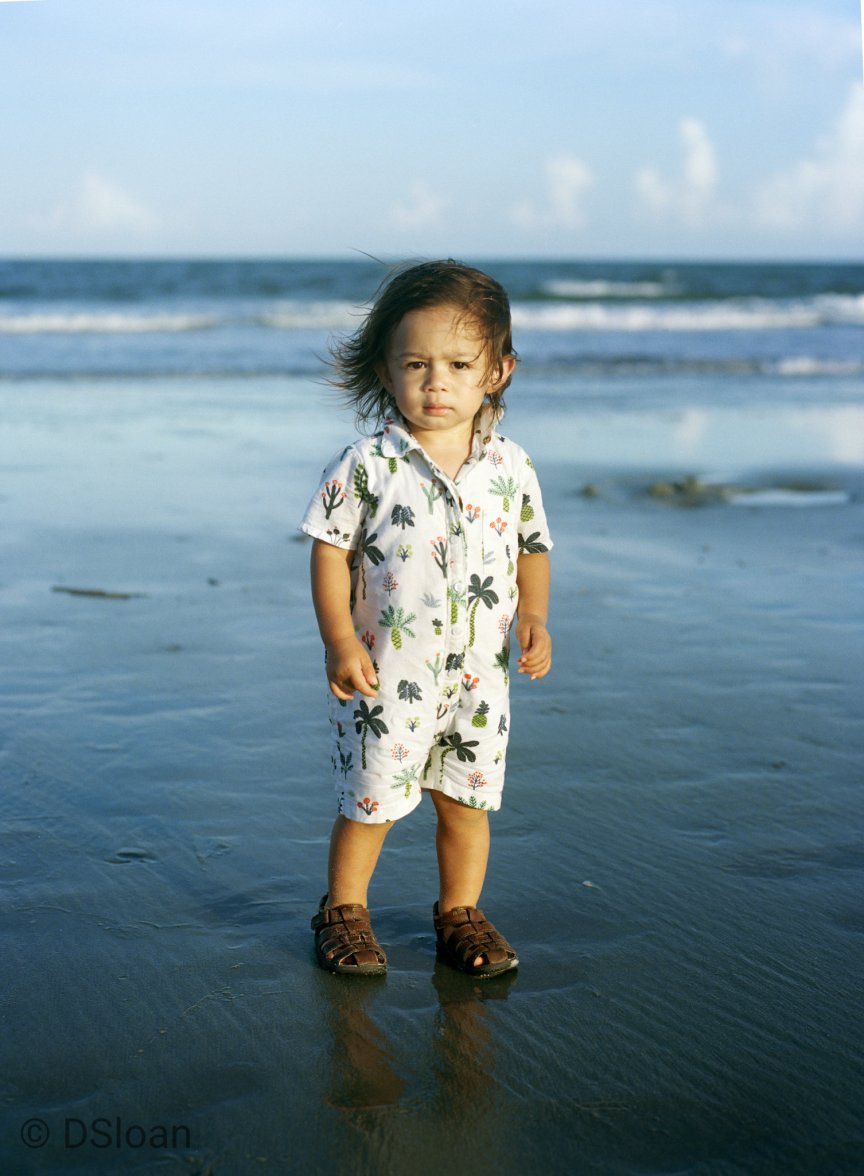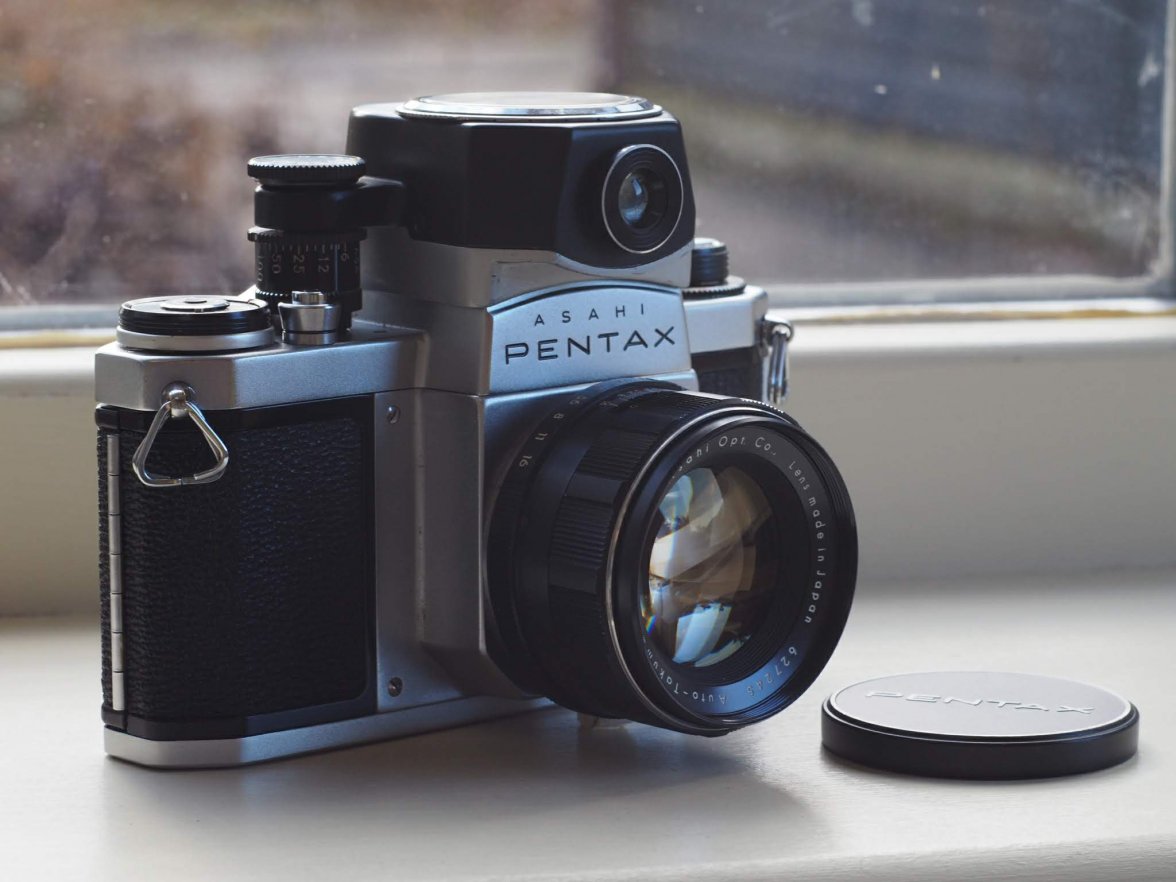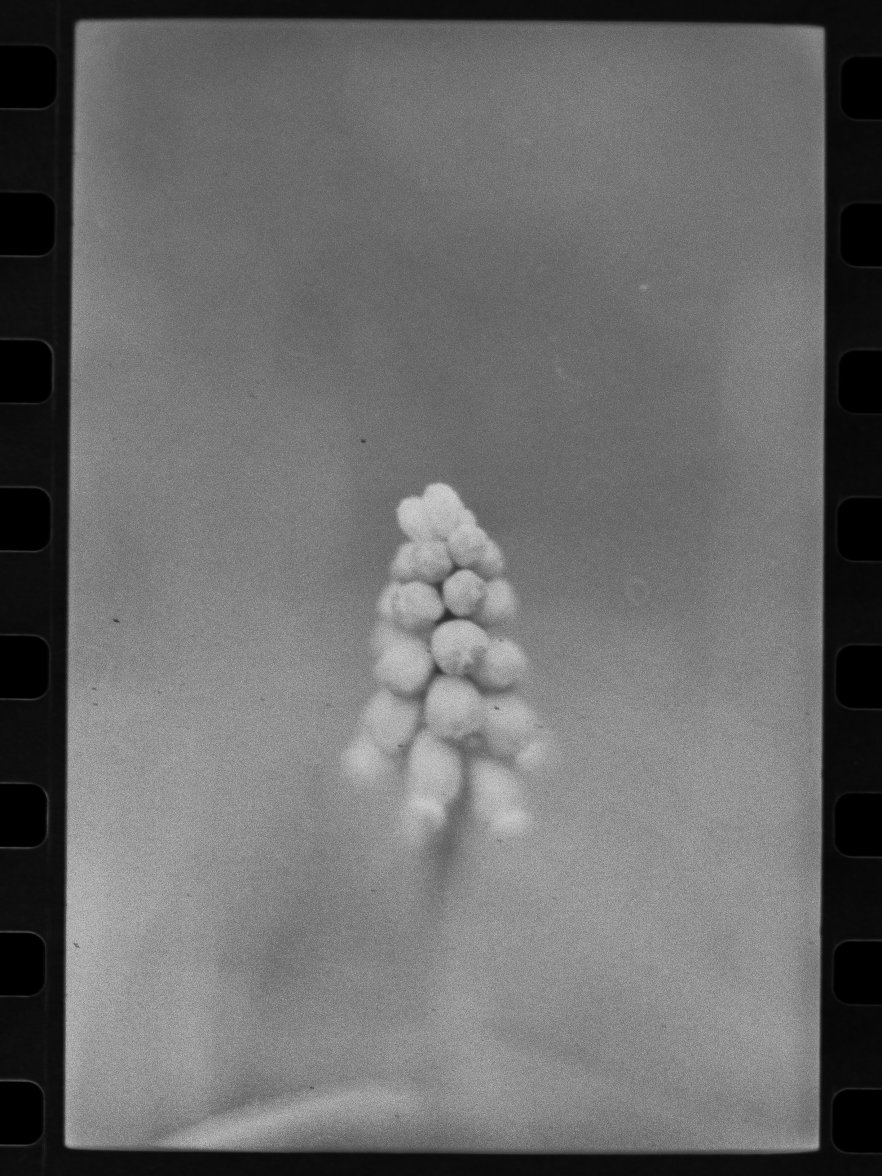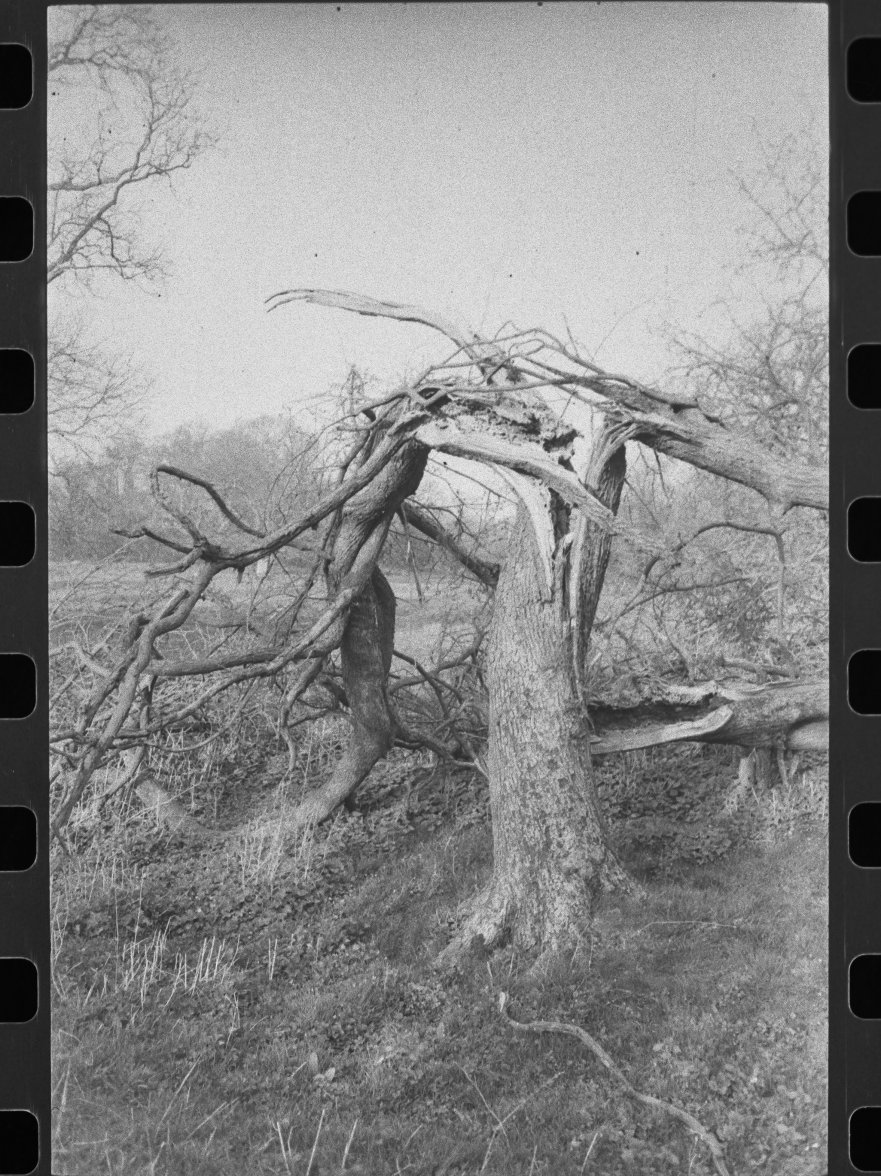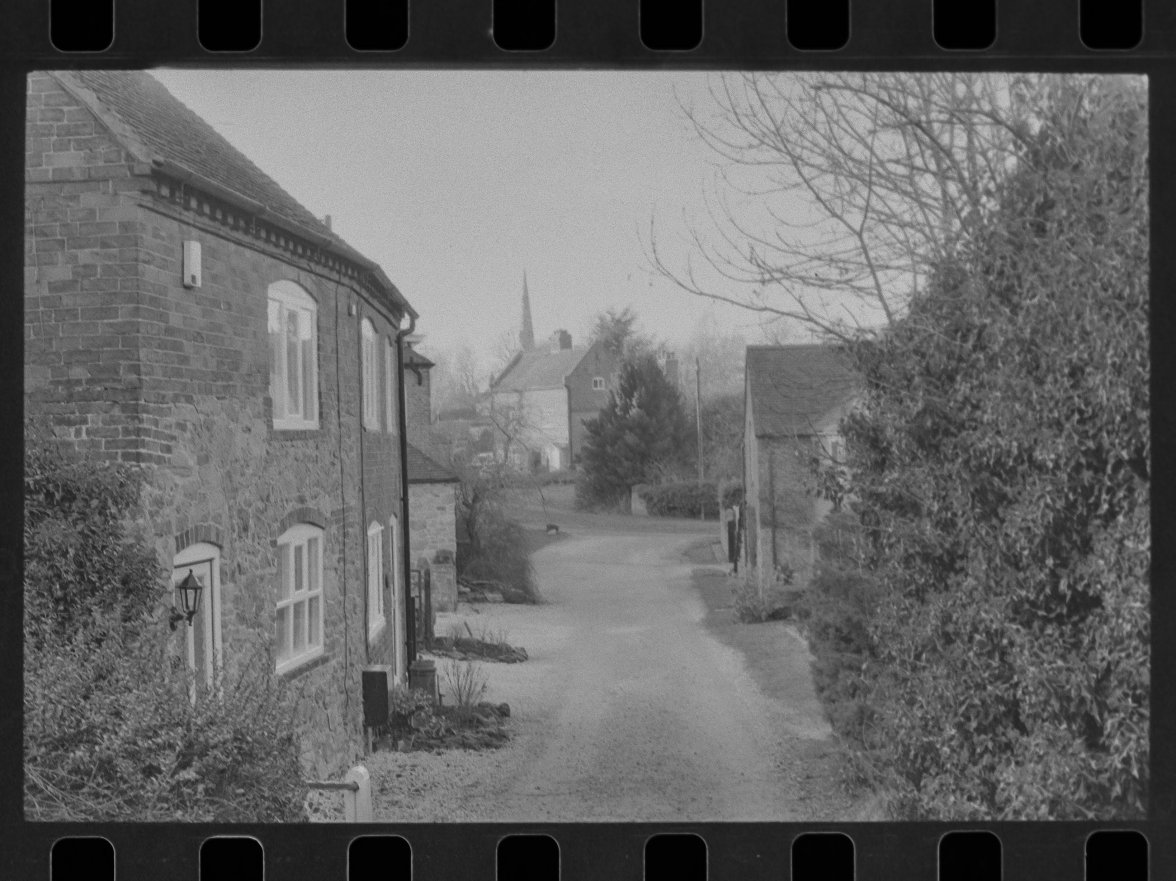I'm using an Epson 4990 that is a few years old now. It can optically scan up to 4,800 dpi resolution. I usually keep it at 2,400 which yields about 6 mp. If you go to 4,800 that's about 4x as much. I scan about 20 images at a time. I do the prescan and set my parameters, start the scan, and come back in about 15 or 20 minutes.
One of the downsides of shooting film is the crappy scanning the consumer oriented labs do. In the interest of speed these labs scan at a setting that only gives you about a 2 mp image. They also do not waste any time doing any color tweaks or latitude/contrast adjustments. Lately they have even gone to a business model where they don't even return the negatives. Are they kidding? You can find local labs that will give better service but I find these are becoming lax when I find dust or water spots on the film. This led me to start developing my own film. I never even did that back in the film days. It's easy to do your own developing with color film and you don't need a darkroom, but that's another topic.
Edit: In response to the drum scanner: that drum scanner is a great idea for the special images that you want to print large. Use a good flat bed for your initial scans and if you think you have a winner pay for the drum for a clean 45 mp image with a ton of latitude. There is also the option to project transparencies on a screen the old fashioned way. You have not seen high resolution till you see 6x6 projected. It laughs at all those K's. You feel like you can just step into the screen.
